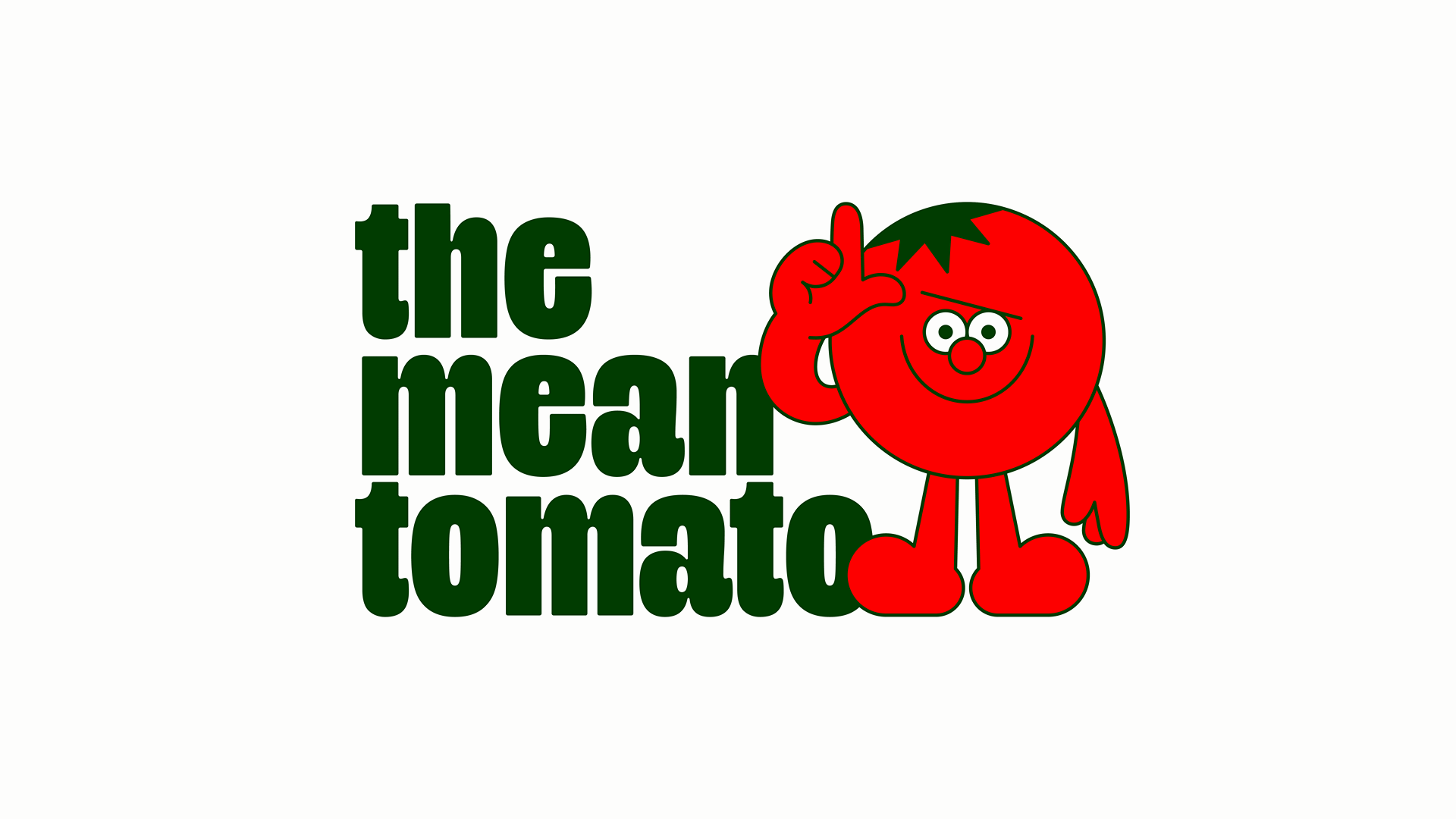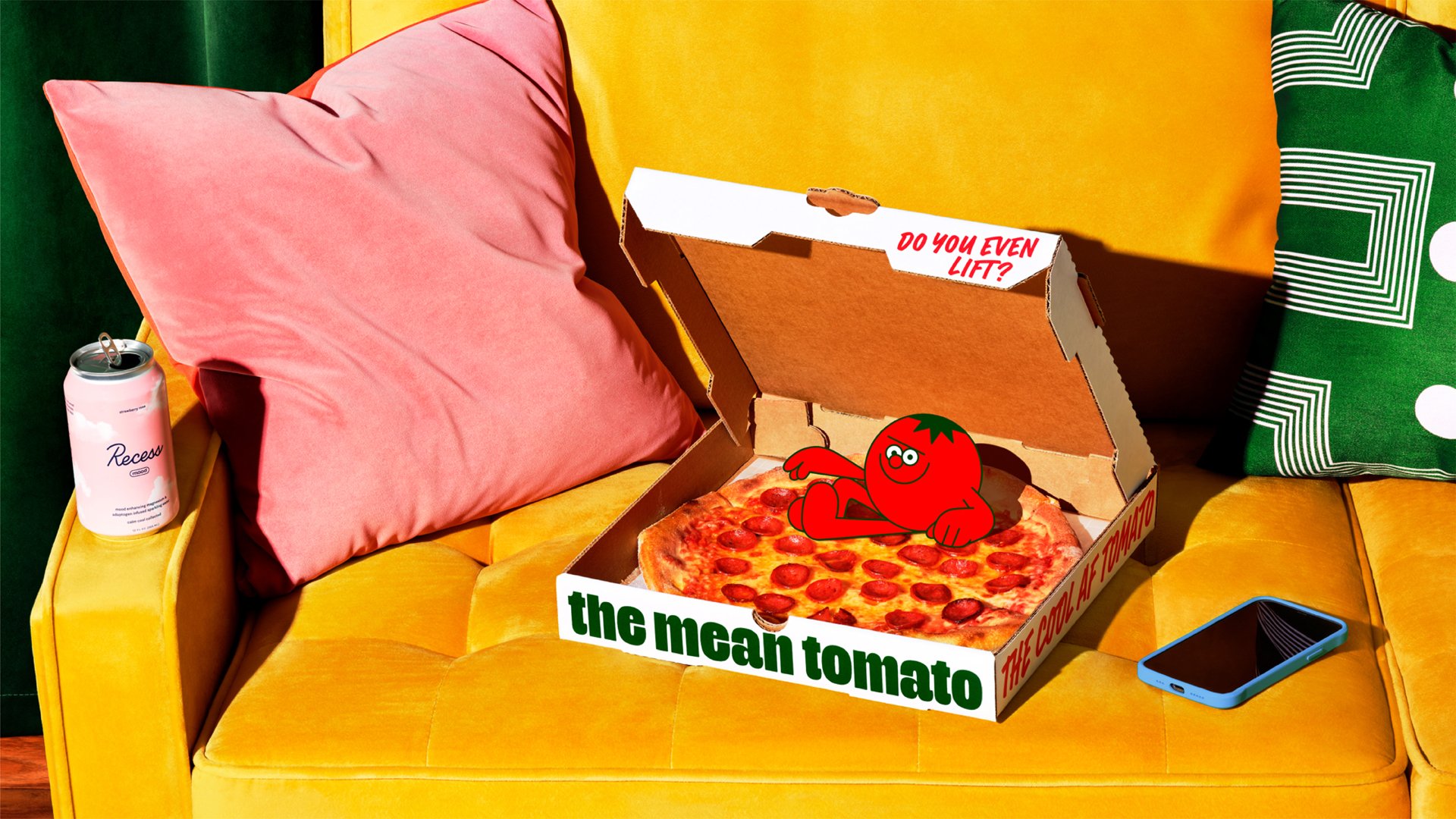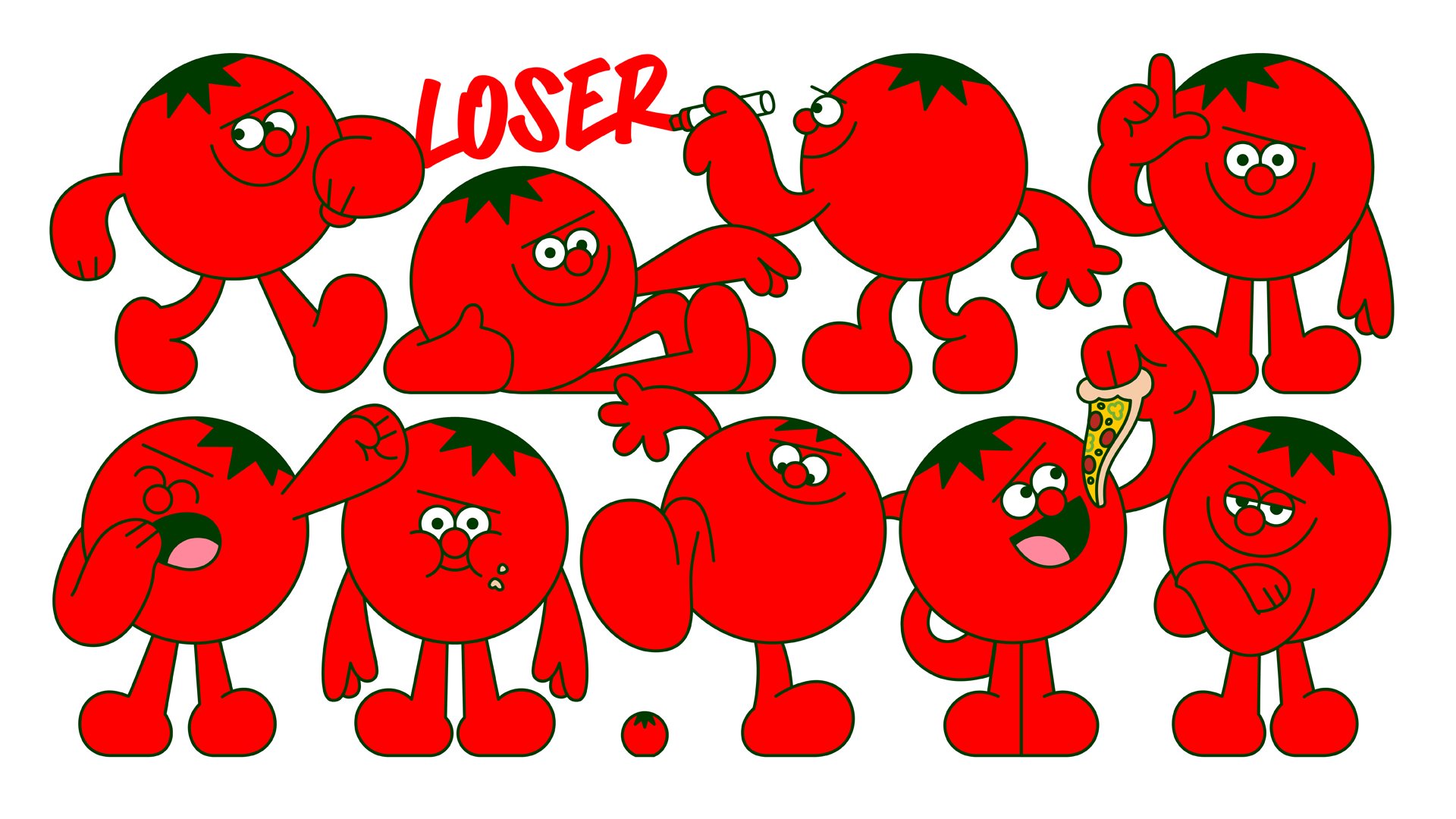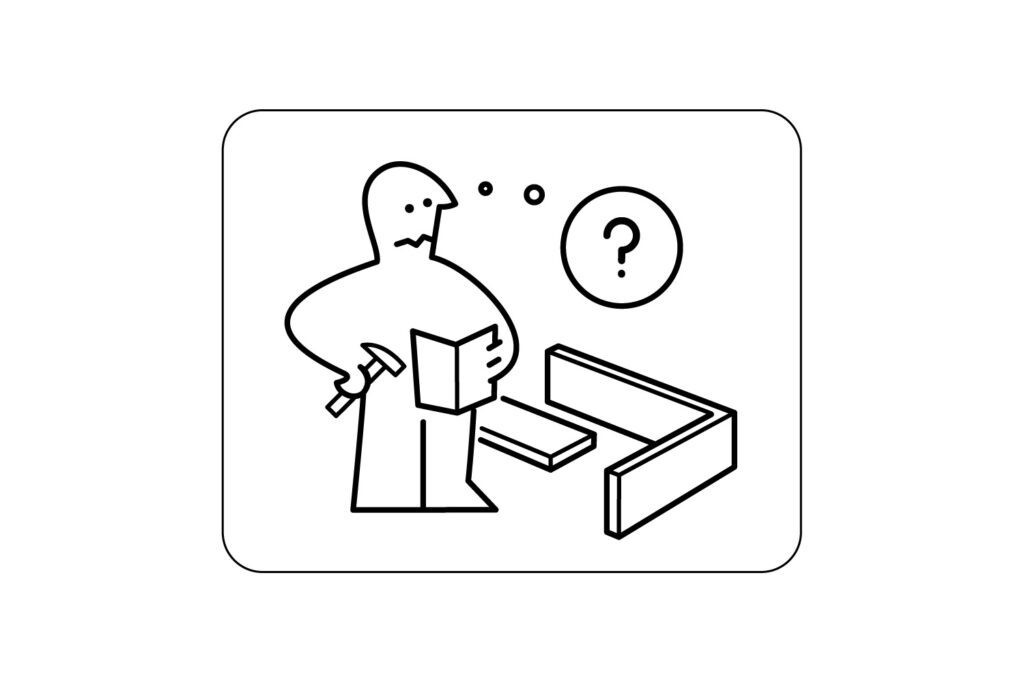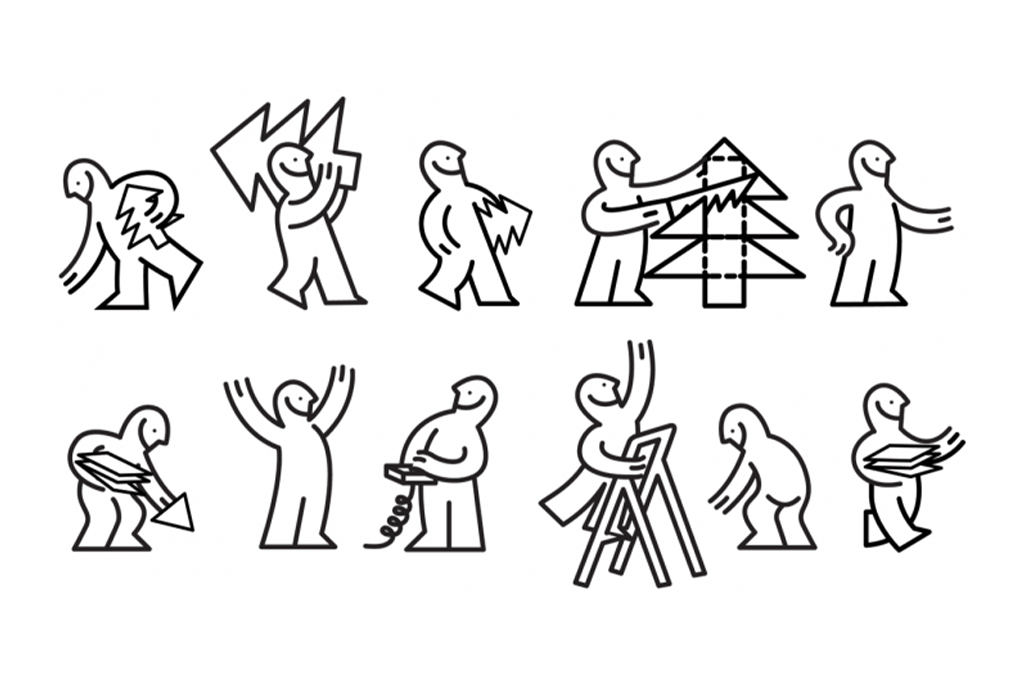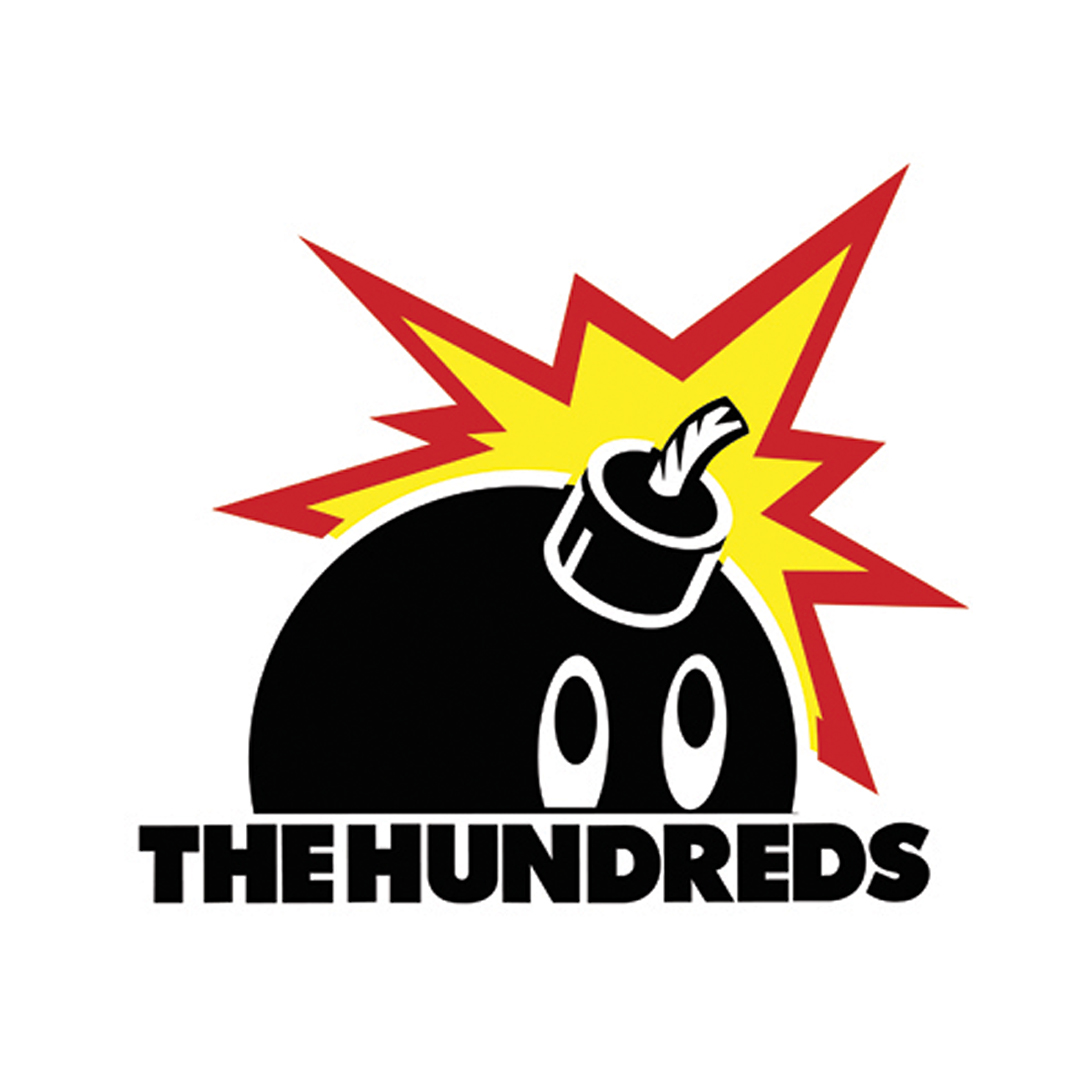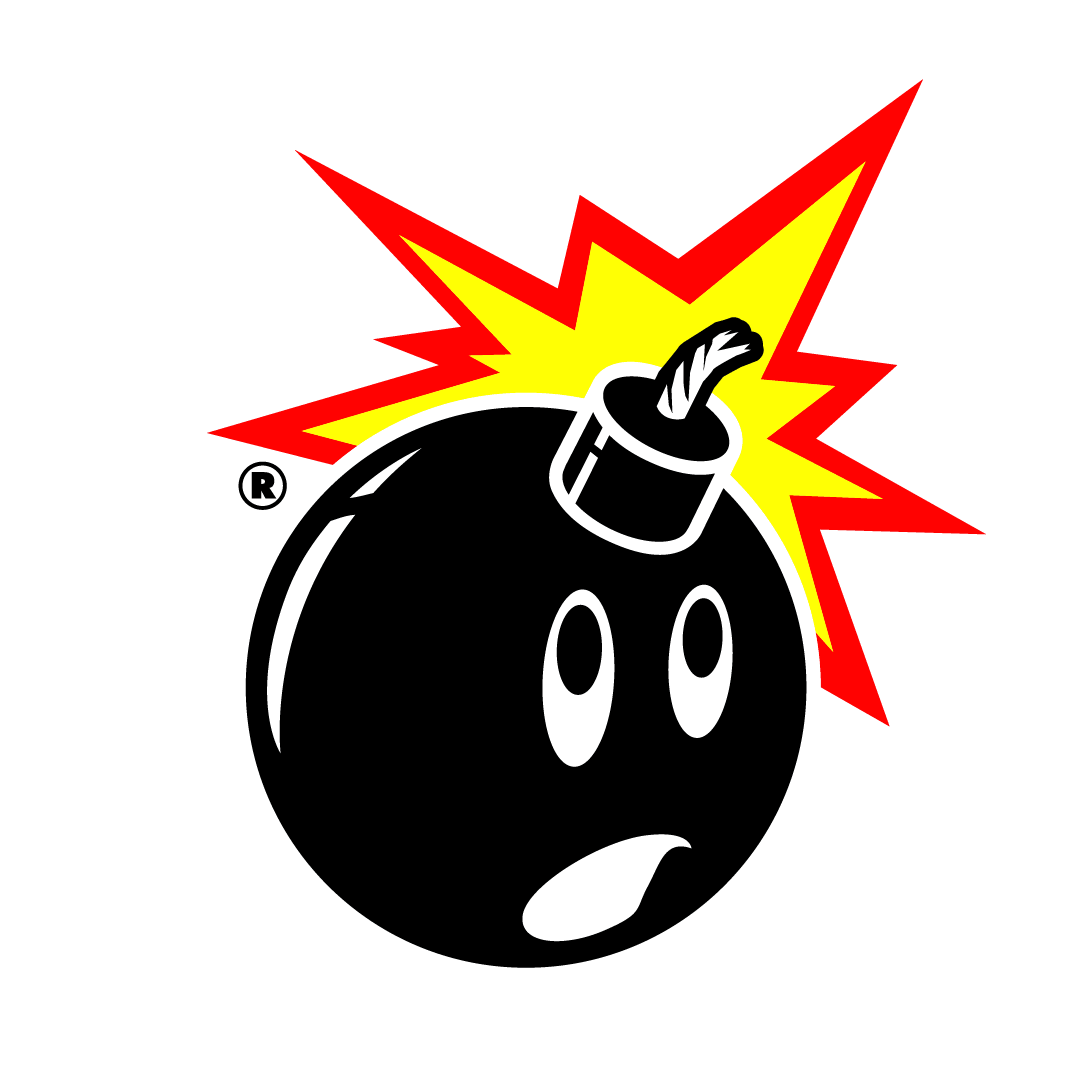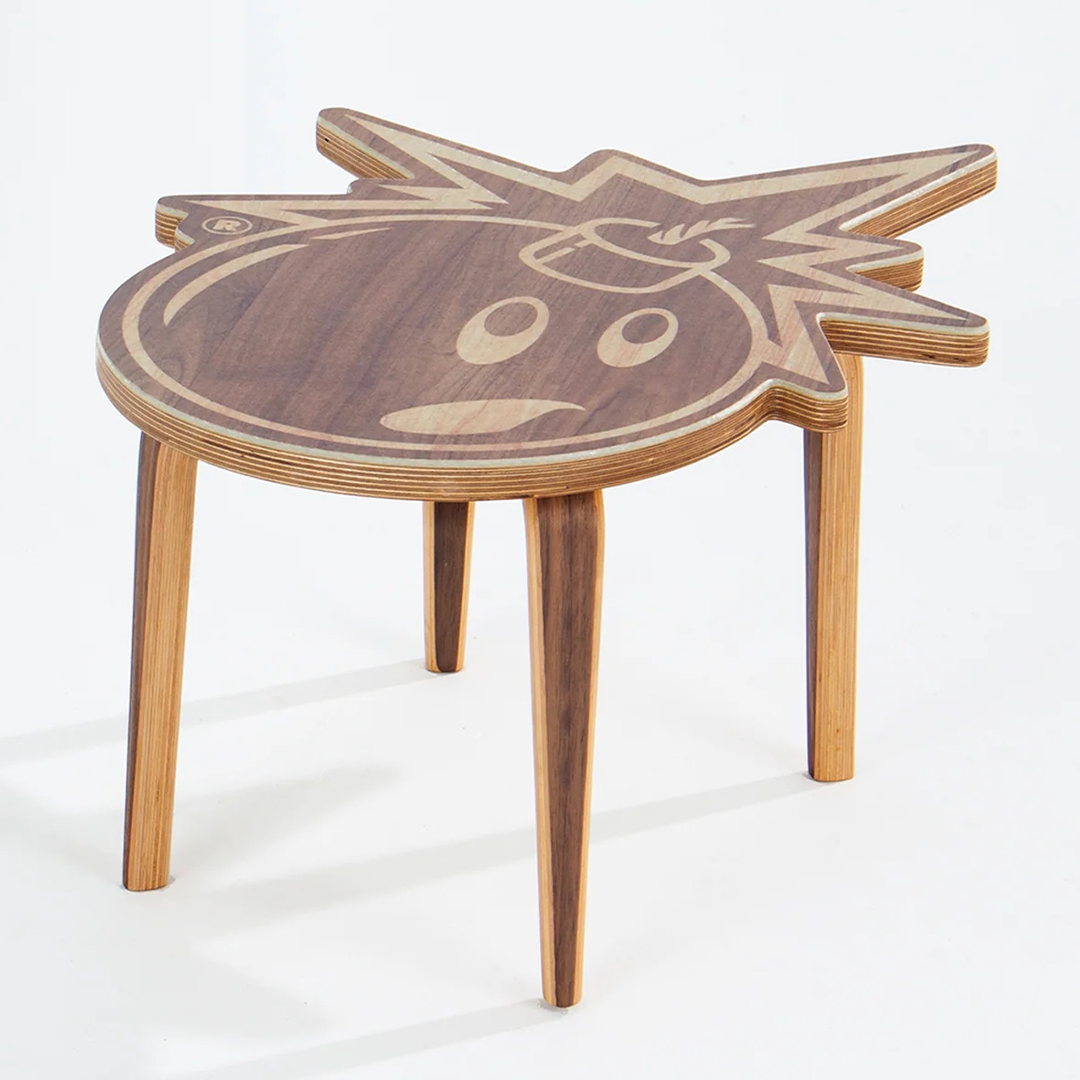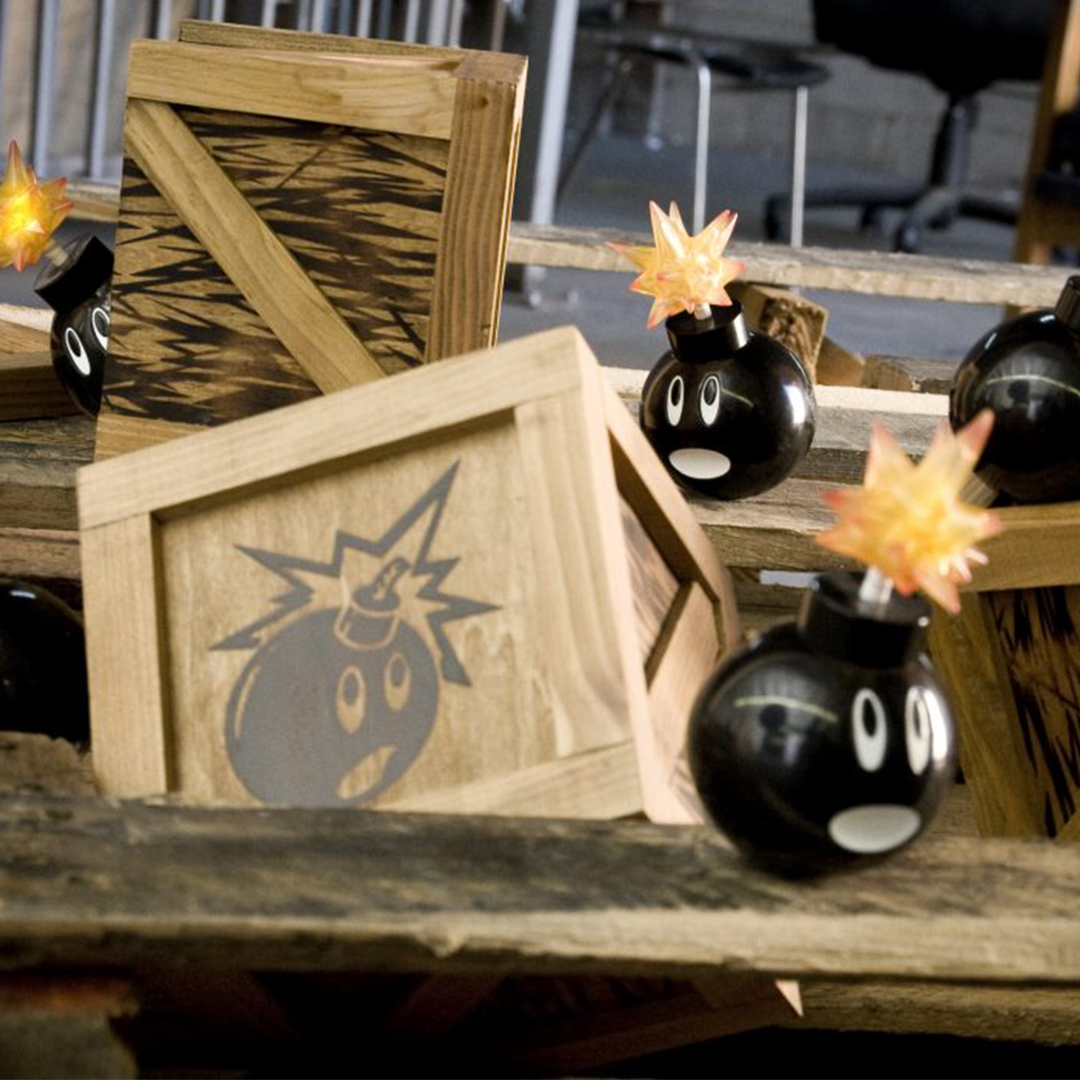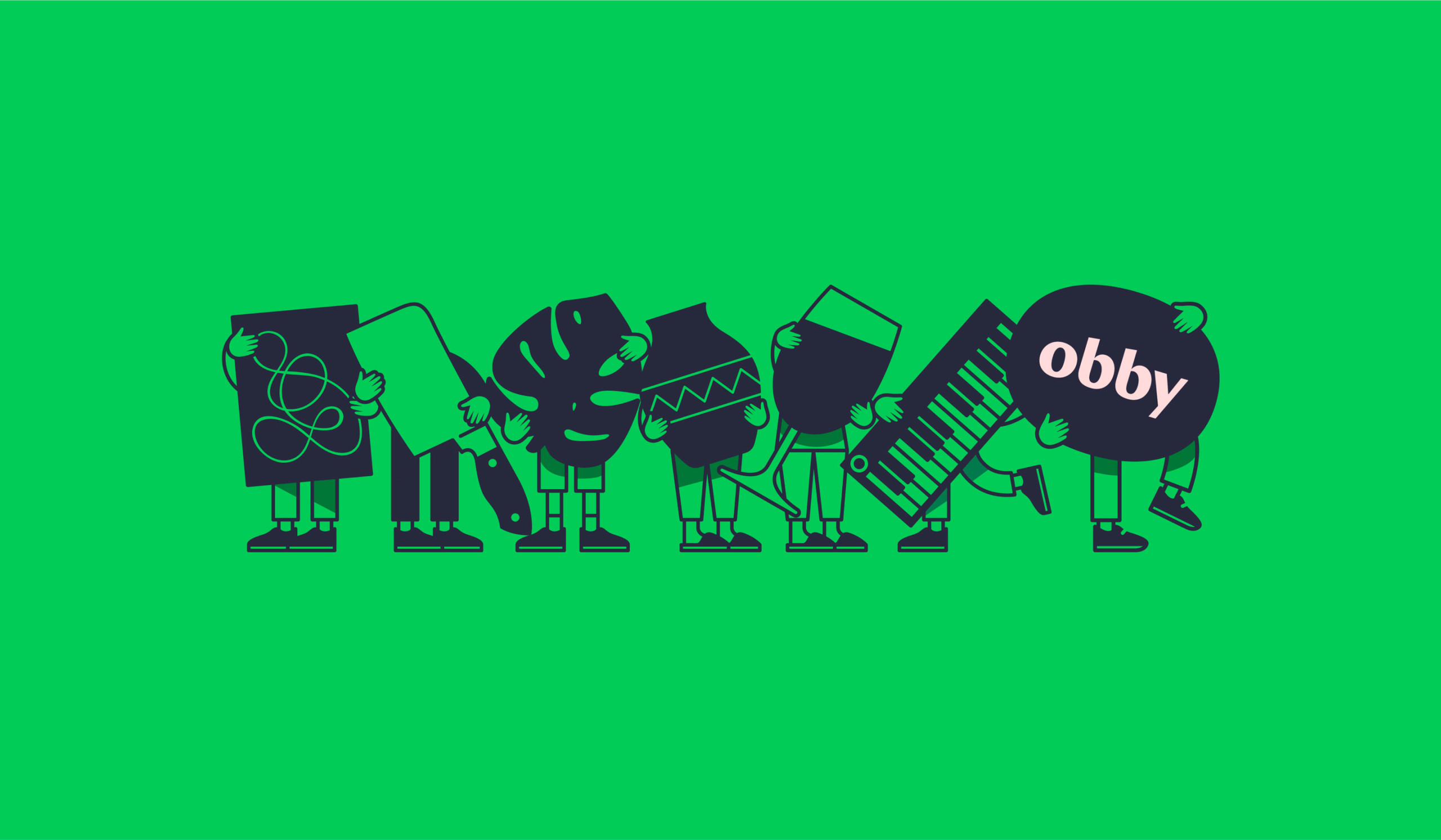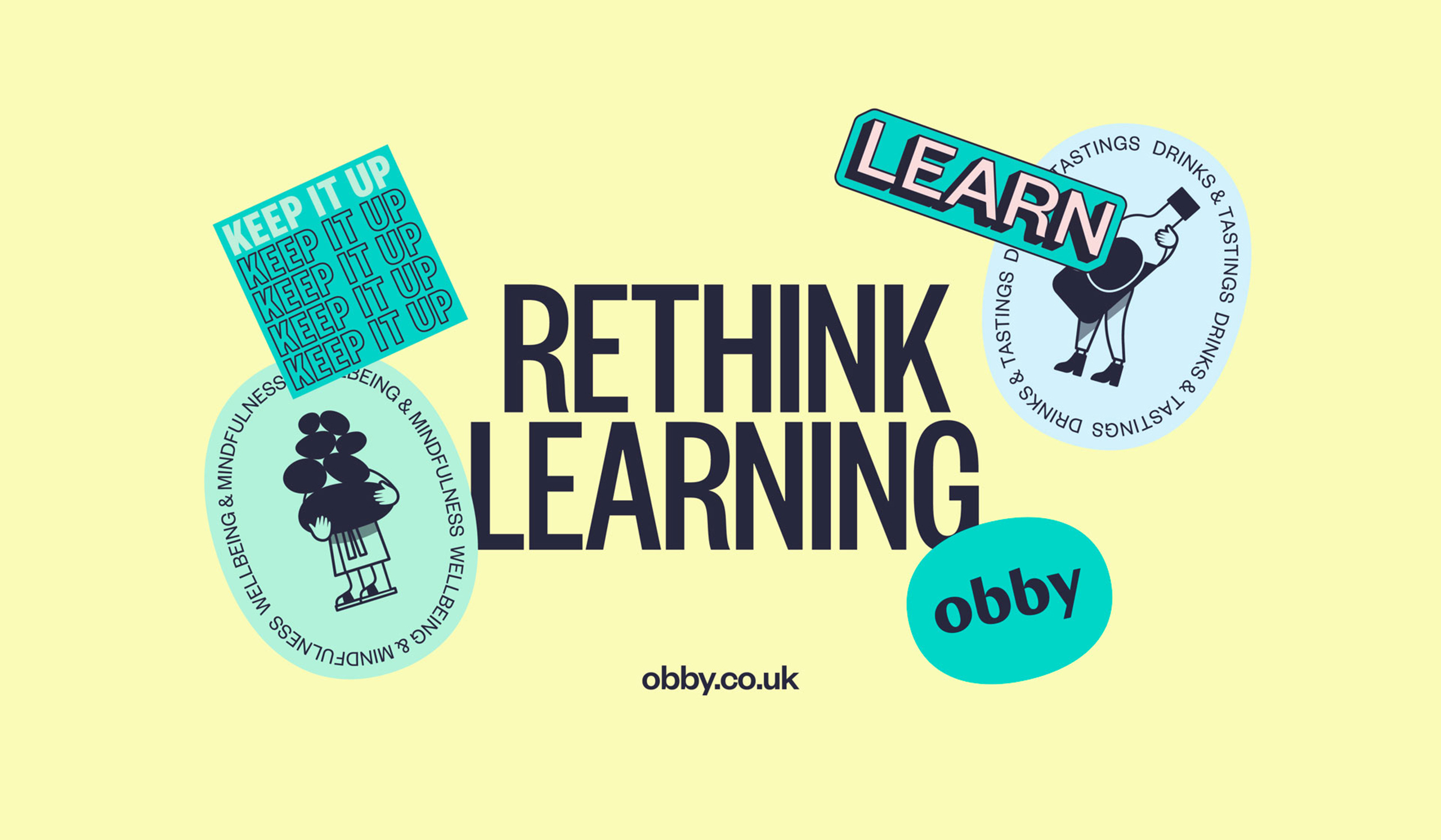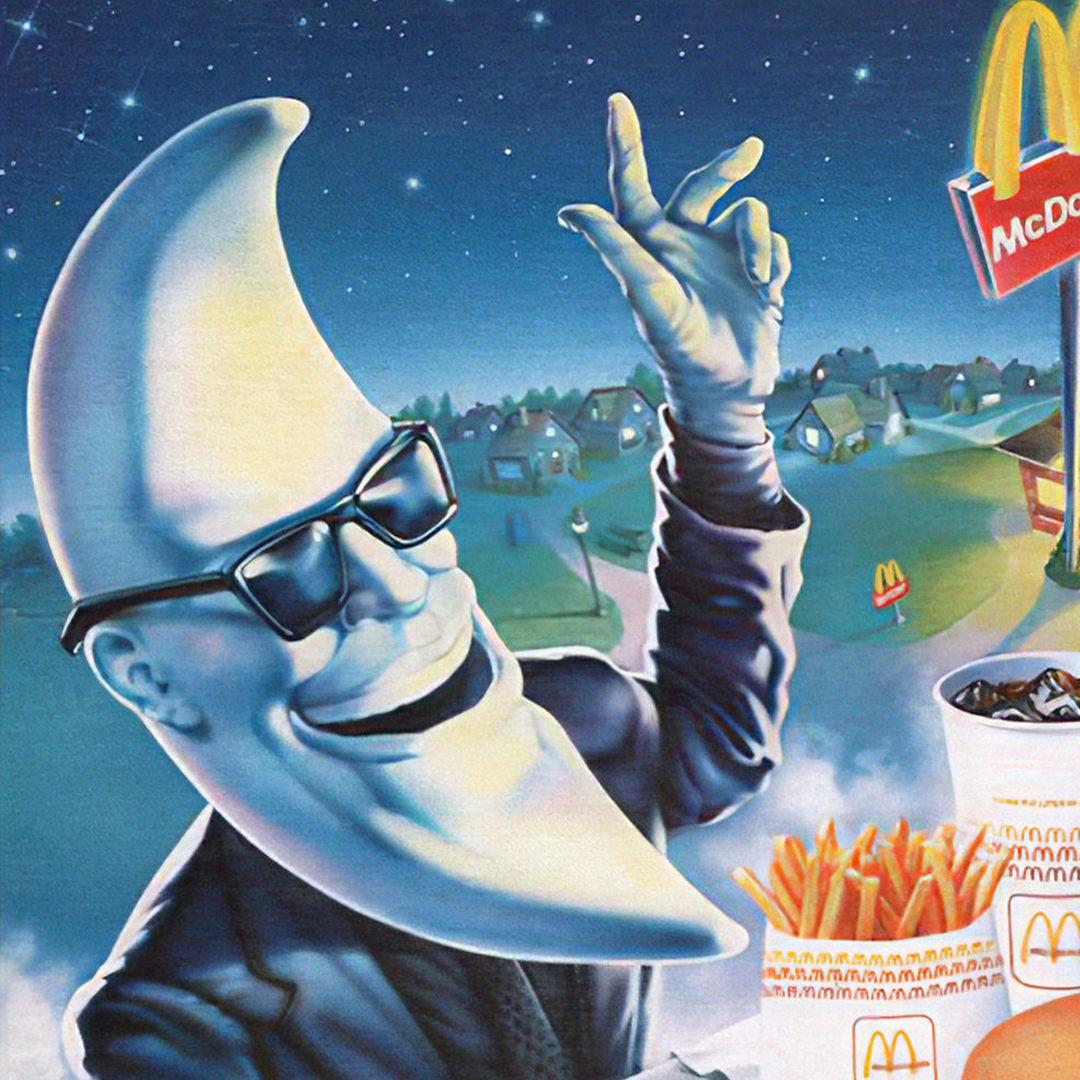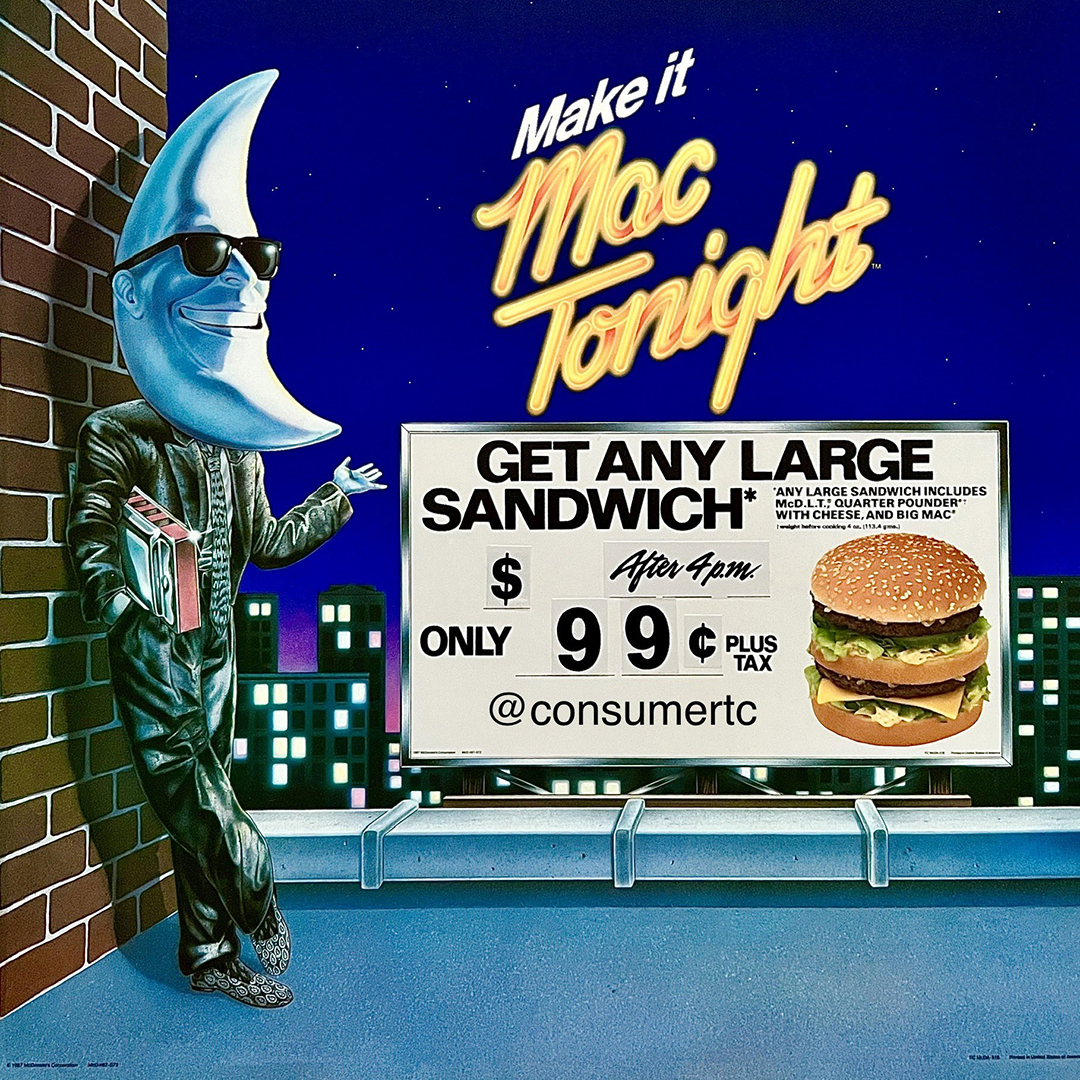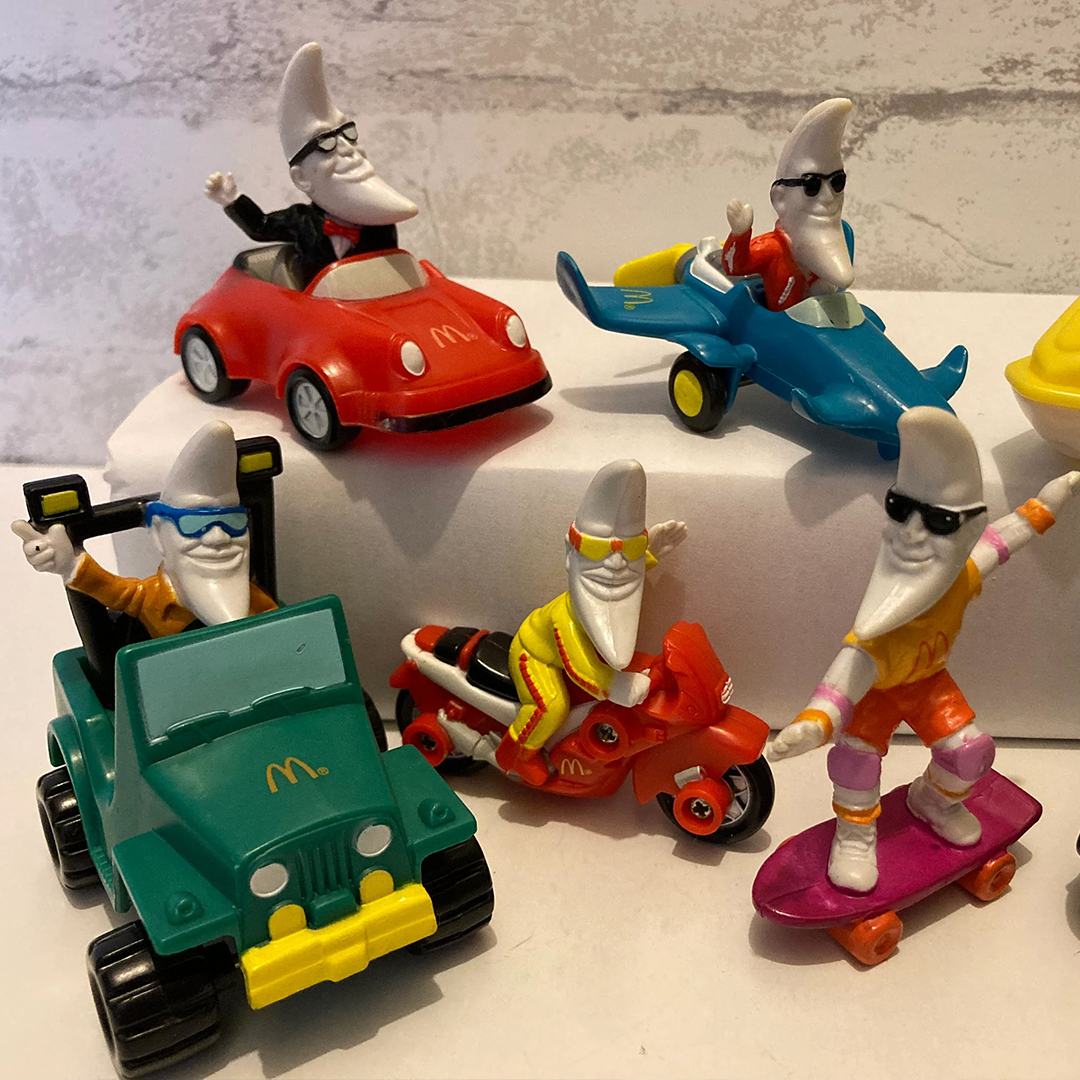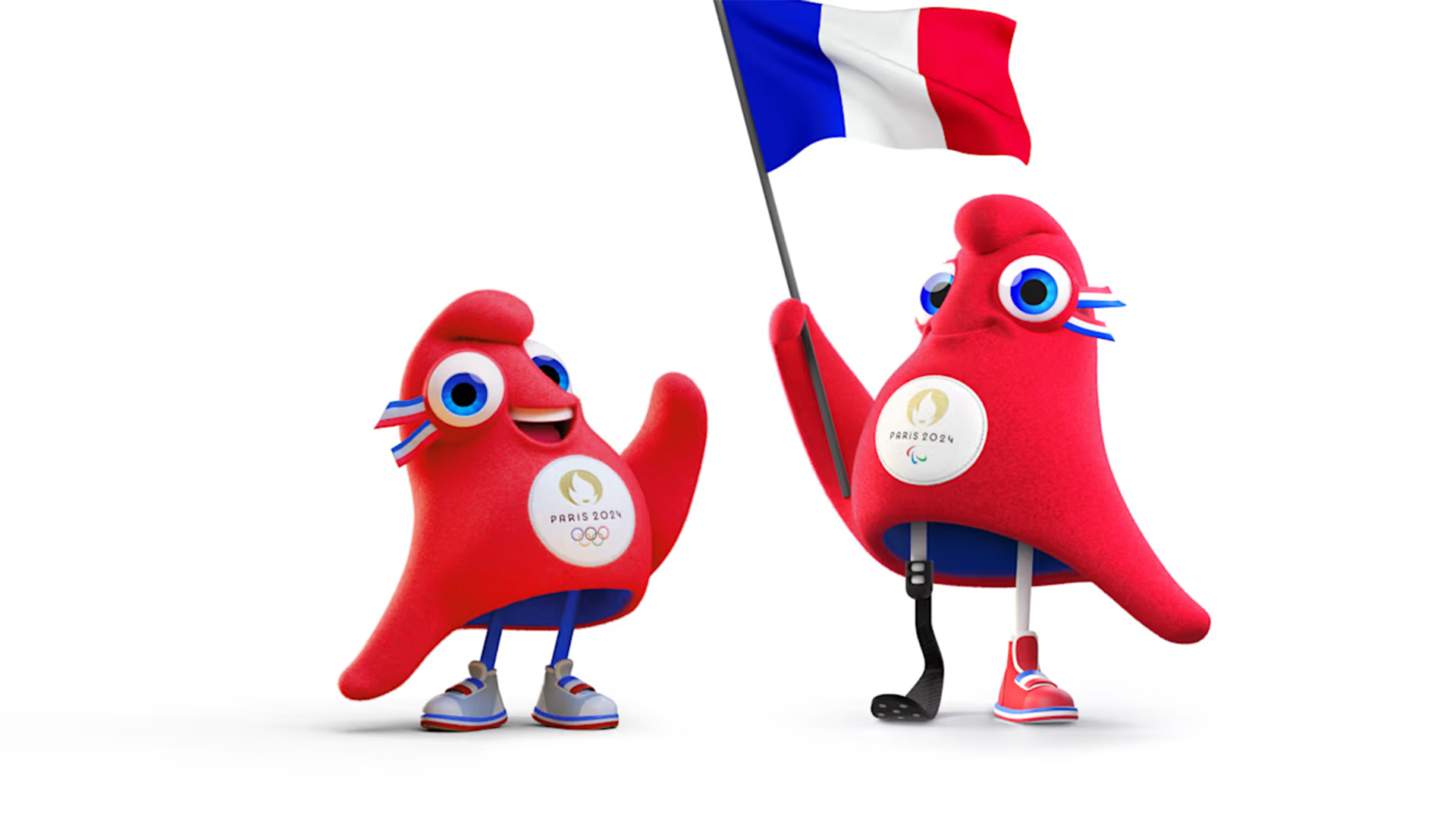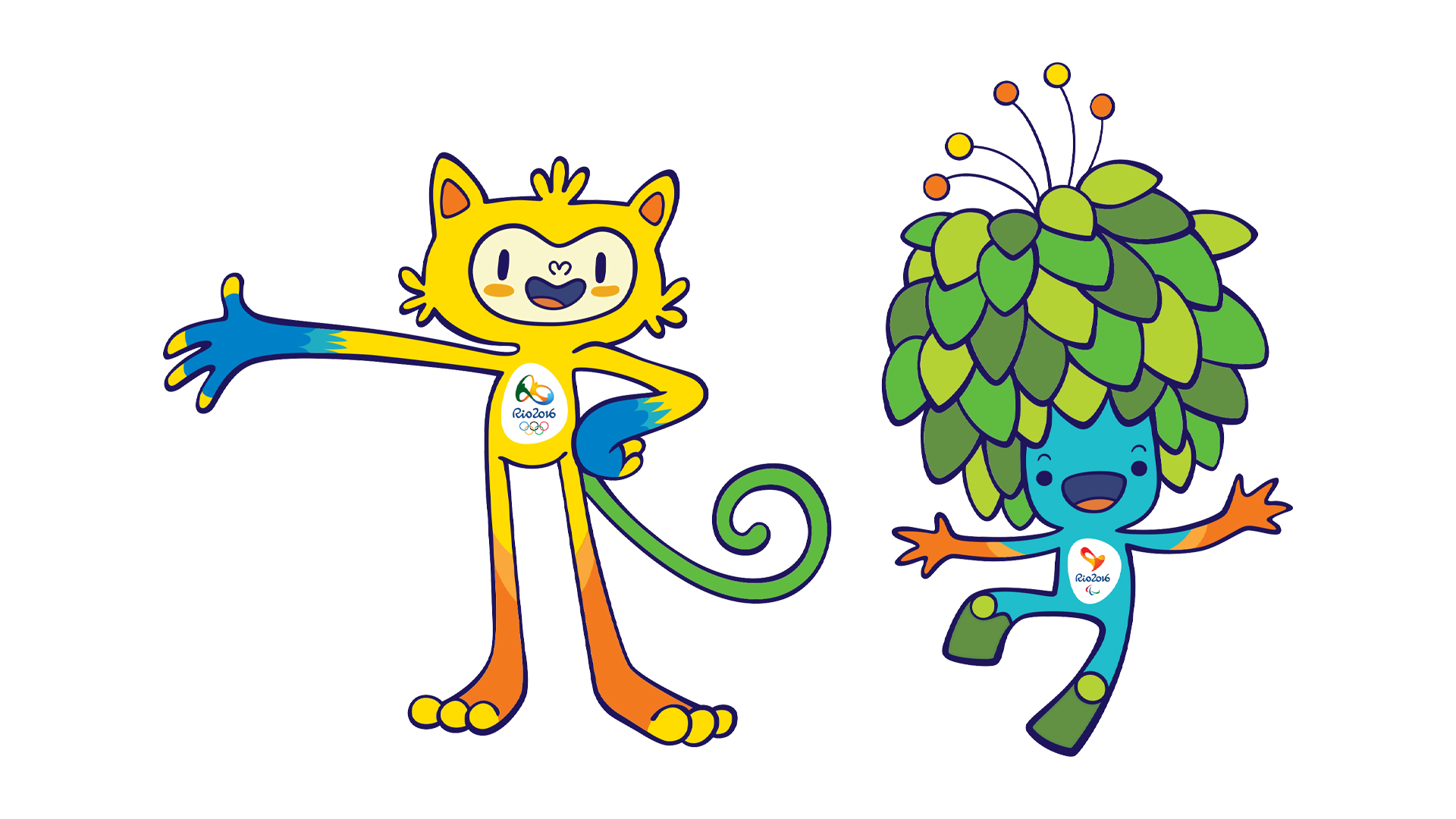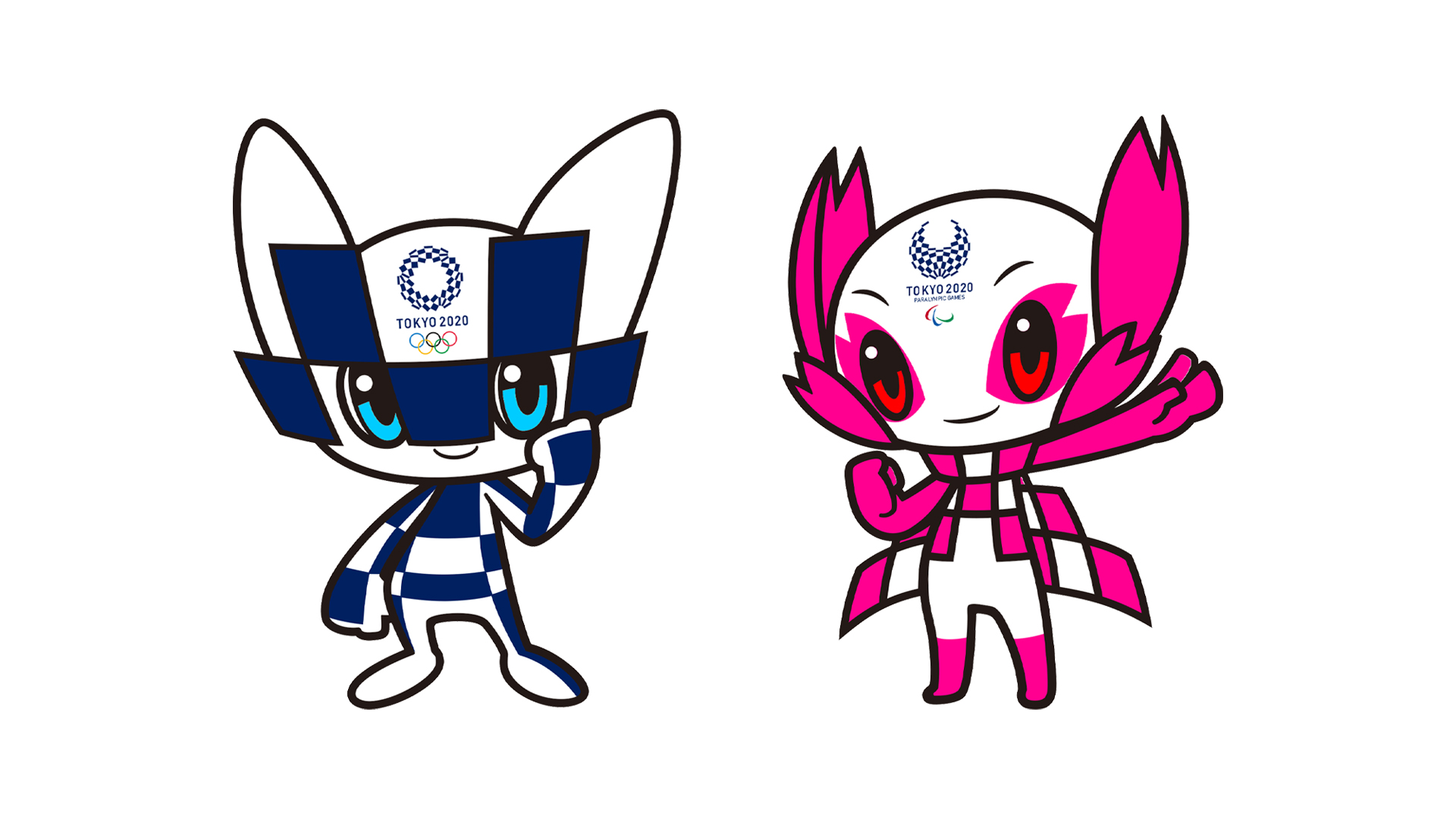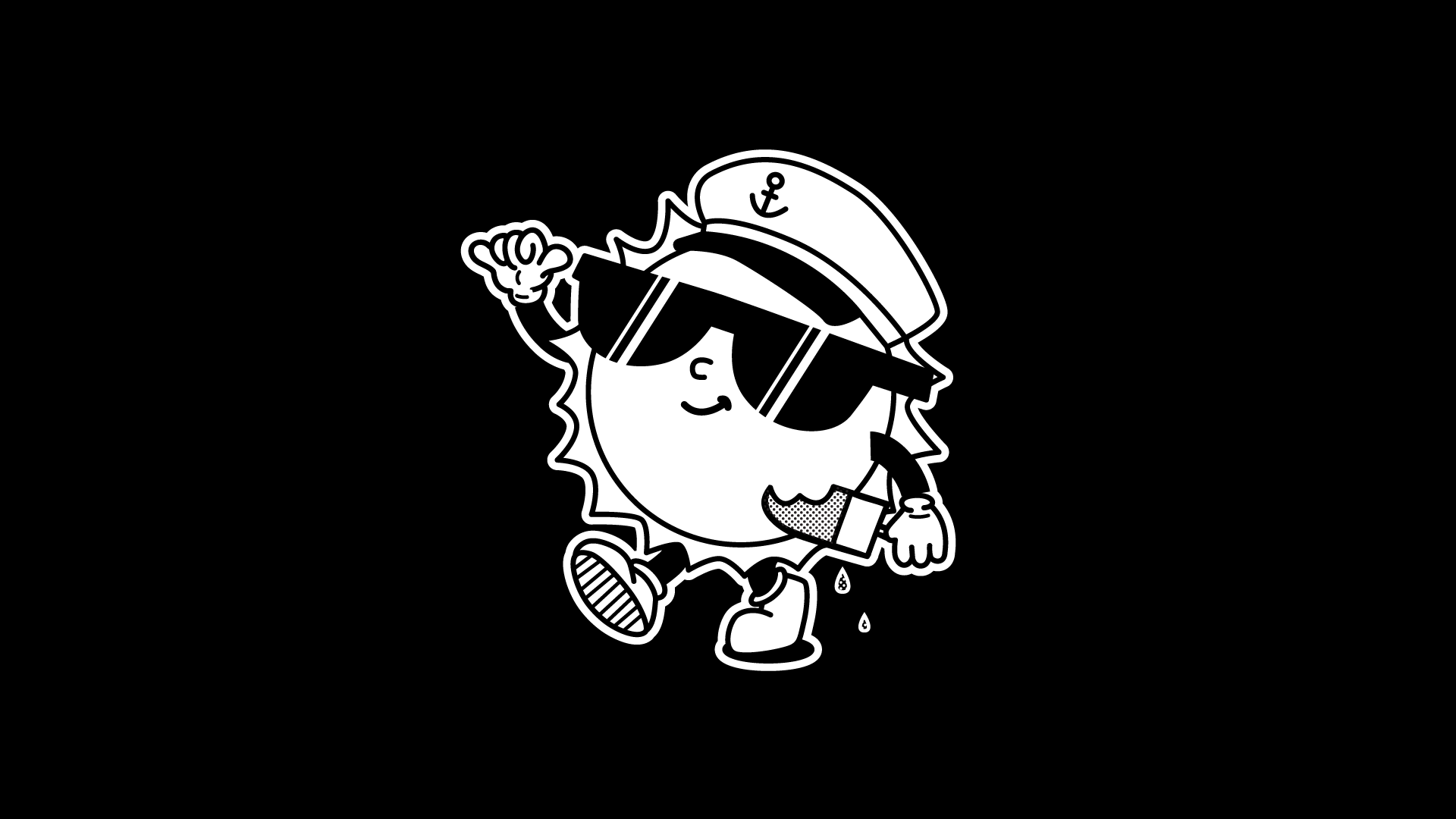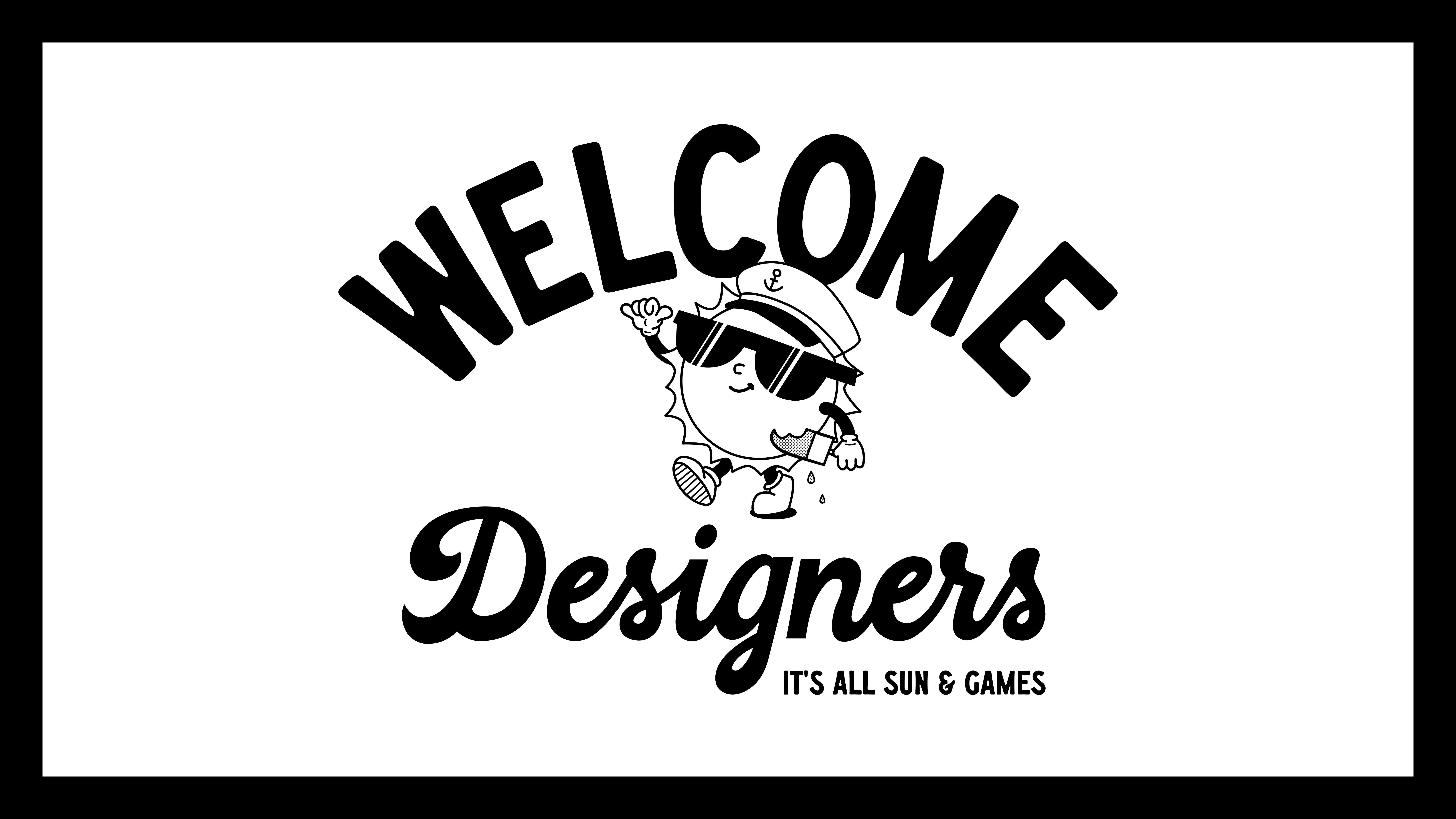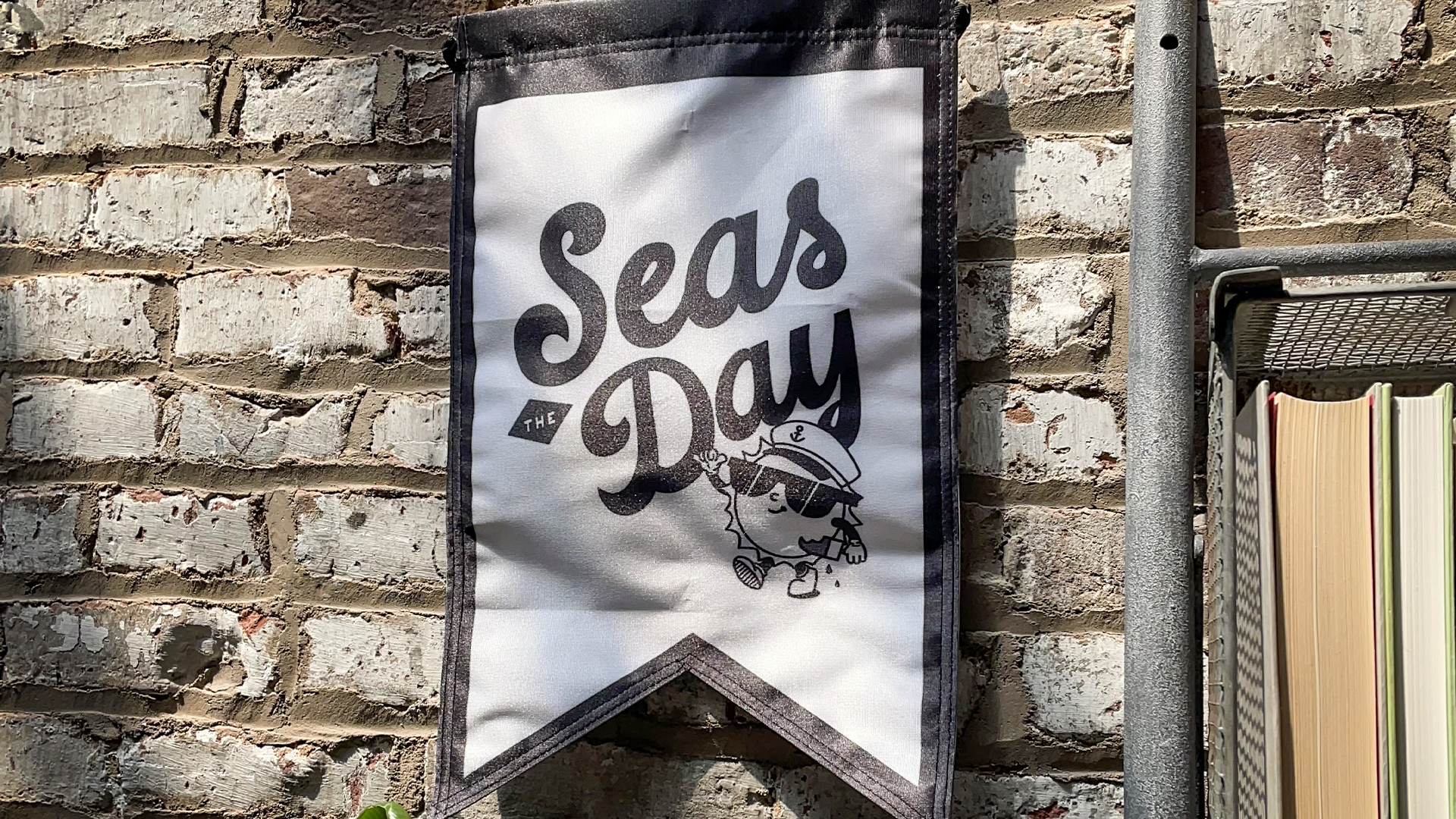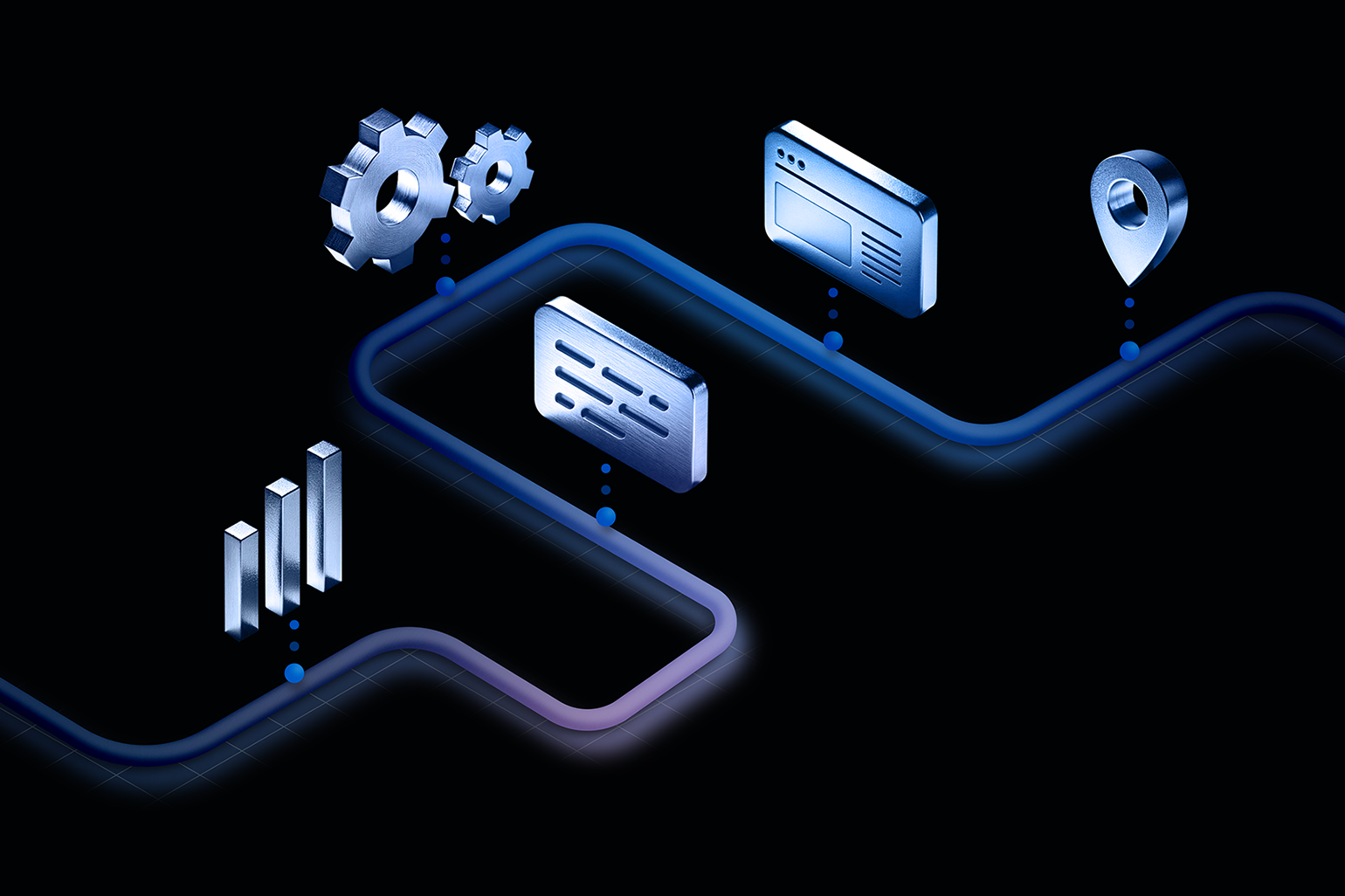How Mascots Are Driving Brand Identity in an Always-Connected World
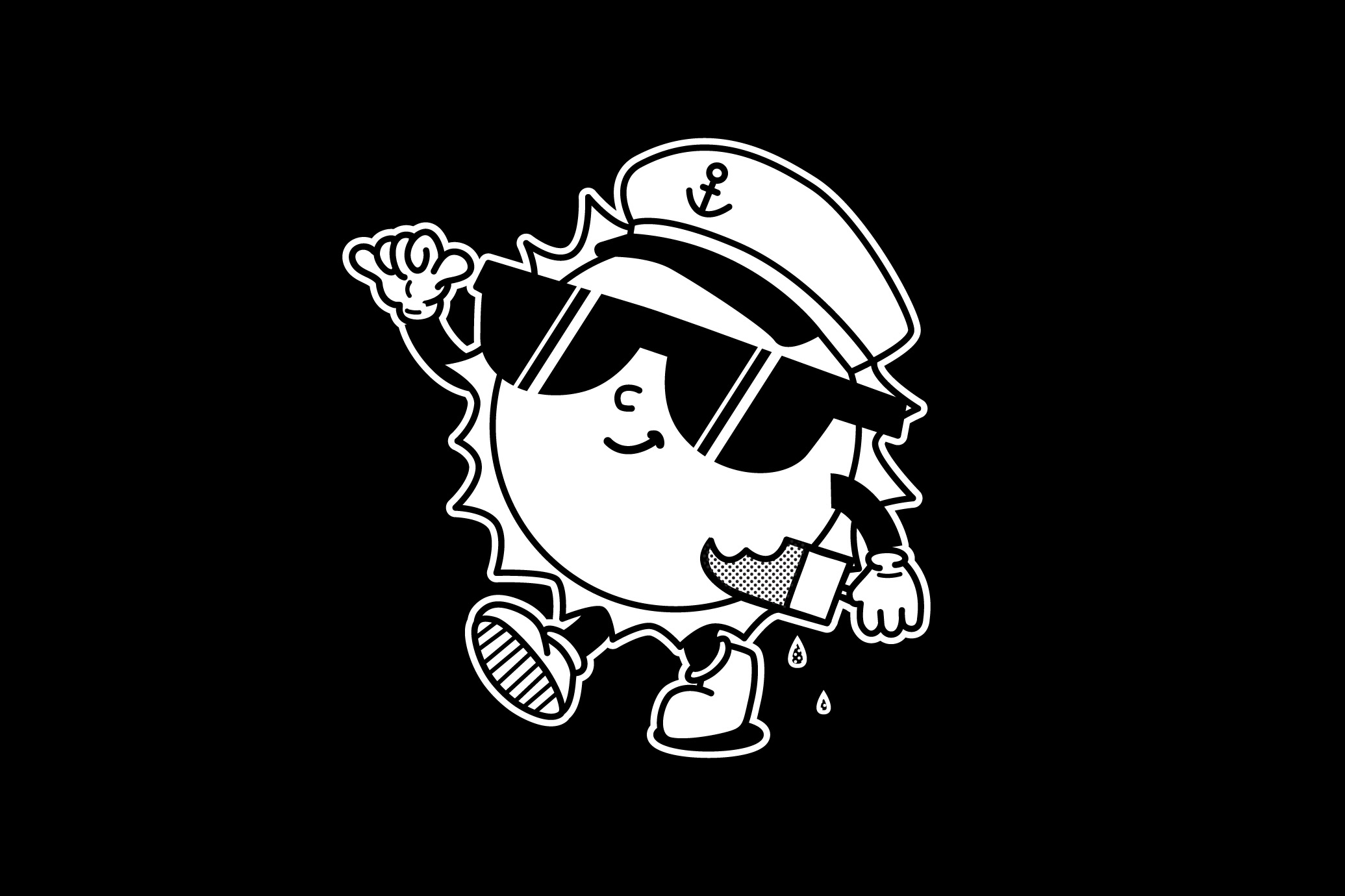
Identity systems are more flexible than ever—and that’s by design. Competing social channels, emerging technologies, and an always-connected, competitive market are pushing brands to adapt and evolve to keep up.
Amongst the bustle, some are subverting the increasing norms of ambient gradients and AI imagery in favor of a simple and time-tested approach: the mascot. Today’s mascots aren’t relegated to cereal boxes and happy meals; they’re an effective tool to humanize a brand with the power of play.
Mascot as a Brand Extension
Mascots serve a broad function as a standalone character for recognition and aesthetic purposes. In cases like Alec Tear’s work for The Mean Tomato, the character personifies the brand’s edge and attitude. It represents the brand as a whole, giving a loveable (albeit mischievous) face to embody company ethos.
Mascots can also fulfill specific functions within the brand landscape. The IKEA Man is a classic figure that exists to distill complex instructions into simple visuals.
Mascot as a Logo
Adding character to your logo could be as straightforward as actually adding a character to your logo. In cases like streetwear mainstay The Hundreds’ Adam Bomb, mascots and icons can be used interchangeably within the primary logo. The mascot can then be separated and leveraged individually as brand and character recognition builds.
If this approach feels a bit too bold, alternate logos offer an even safer space to introduce mascots and begin associating them with your brand. Koto’s work for educational platform Obby takes this approach brilliantly, building a robust system of variable, partially-obscured figures carrying oversized items and the primary logo itself.
Mascot as a Zeitgeist
Mascots have the remarkable ability to encapsulate a moment in time. They can evolve alongside an identity system to reach new generations or retain their image for nostalgia-driven popularity.
McDonald’s legendary Mac Tonight is an iconic symbol of the late 80s that, despite a formal retirement in 1989, continues to be recognized over three decades later.
At the other end of the spectrum are characters with intentionally limited lifespans. Those tuned in to the Paris 2024 Olympics and Paralympics will recognize the Phryges, this year’s mascot based on the traditional French Phrygian cap. Each iteration of the Olympics features its own specially-designed mascot(s) reflective of the host country’s culture.
Introducing a Mascot
An effective mascot can energize a brand with playfulness and humanity, connecting with consumers on an emotional level. For young brands, mascots can help sculpt your identity to connect and grow with your desired demographic. For established brands, the introduction of a character into an identity system with longstanding equity can be more complicated, but just as valuable. Engaging rollout campaigns amplified with social strategy are effective first steps toward building mascot recognition.
Consider dynamic applications that bring the mascot to life. Animation goes hand-in-hand with character design, transforming a static illustration into a living, breathing entity. Motion not only makes your mascot feel more human but is proven effective on social platforms like Instagram and TikTok where animated content is shared 1200% more than photo and text combined (Wordstream, 2024). Don’t ignore tangible opportunities for brand representation either: unique pieces like comic books and trend-relevant swag can engage and build brand advocates out of your audience.
As with any brand initiative, immediate and long-term success requires thoughtful and informed strategy. The key ingredient in this intricate recipe is resoundingly simple – an authentic relationship between the brand and its character. Your mascot should feel like an organic part of your brand ecosystem, translating the culture and ethos of the organization into a recognizable face. The value speaks for itself: 88% of consumers say authenticity is important when deciding what brands they like and support (Stackla, 2021).
Mascots at NJI
It’s no secret that we love mascots and their ability to connect: linking brands with fans, representing communities, even uniting our colleagues across continents. In July, NJI turned its playful sensibilities inward for its summer creative gathering at our DC headquarters. Our global team of designers and directors embraced the idea of a classic beach getaway, manifesting a shared love of kitsch and boardwalk nostalgia to craft event mascot, Ray. This ball of sunshine greeted attendees on a suite of souvenirs including custom burgee flags and decals, the perfect co-pilot for a week of sun and fun by the Potomac.
